Is your understanding of RIFA correct?
Is your understanding of RIFA correct?
Brochure summarizing the contents of this page:STOP the Fire Ant[PDF 3.0MB]
The Red Imported Fire Ant (RIFA) is designated as an * Invasive Alien Species (IAS)
based on the Invasive Alien Species Act.
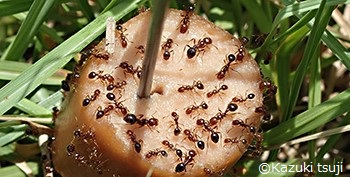



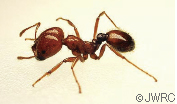



RIFA were first observed in June 2017. RIFA is an ant native to the central part of South America.
RIFA have invaded the United States and Caribbean islands as stowaways in containers and cargo carried by ships and planes since the 1940s, and by the 2000s had spread far from its origin to Australia, New Zealand, China and Taiwan.
Similarly, the ant has invaded Japan from abroad.
RIFA have been found in the following places:
RIFA like sunny and open areas for their nesting. The following are examples of native origin and countries where RIFA are established.
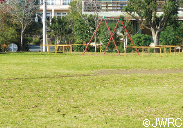
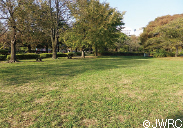


RIFA build large mounds.
The mounds spread deep and wide underground with tunnels extending radially to a dozen meters away.
In a multitude of chambers spread out like a labyrinth, the queen ant and thousands to hundreds of thousands of workers live in groups.
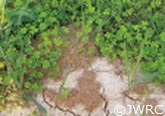
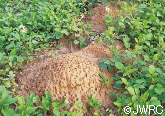
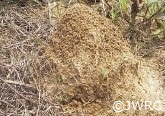
Caution!
The mounds of RIFA are not easily visible in the first 2 to 3 years.
While a mound is being established, RIFA greatly increase in number and range. Eradication becomes more difficult as time goes by.
Thus, it is important to detect and eradicate RIFA before their mounds get large, instead of trying to find RIFA by looking for large mounds.




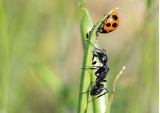
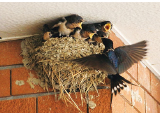

The reaction to the poison of fire ants and tropical fire ants greatly varies from person to person.
Even if you do not notice any change in your condition, make sure to cool the stung part of your body with a cool towel or a cooling agent and observe the body for 20 to 30 minutes. Keep someone nearby during that period.
Common reactions in everyone
Reactions that may appear in people who are allergic to RIFA